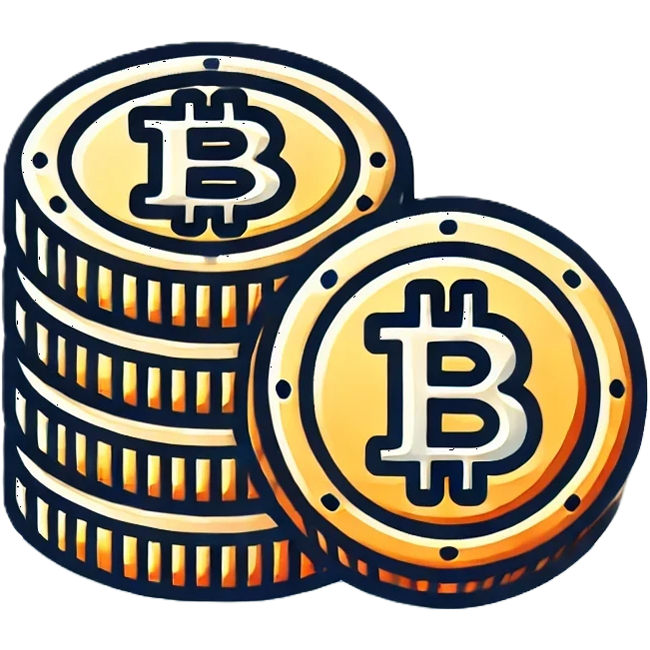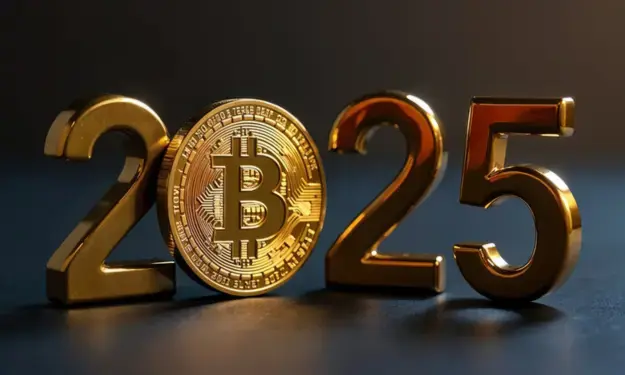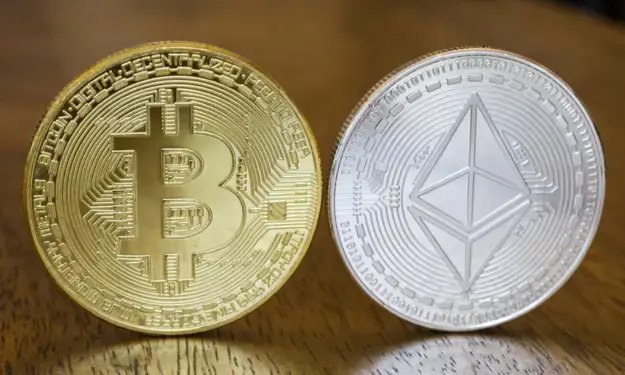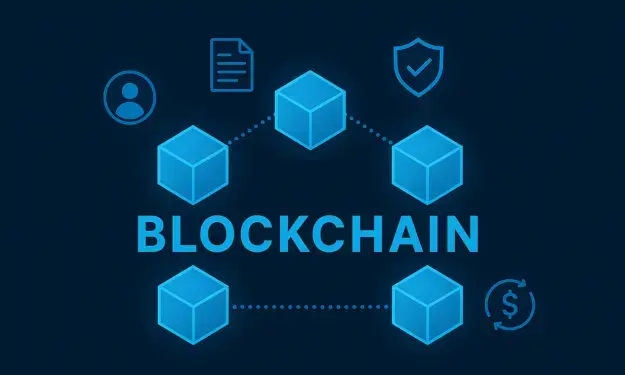Binance Coin: History, price, and potential
Publication date: November 7, 2024
Binance Coin (BNB) is the native token of the Binance ecosystem and one of the most popular cryptocurrencies worldwide. In this article, we discuss the current price, the technology behind BNB, the outlook, and what investors need to know. Want to stay updated on crypto? Sign up for our newsletter here and stay informed.
What is Binance Coin?
Binance Coin (BNB) is the native cryptocurrency (Crypto overview page) of the Binance platform, one of the world's largest cryptocurrency exchange platform. It was originally launched in 2017 as an ERC-20 token on the Ethereum network during an Initial Coin Offering (ICO). This ICO helped Binance raise funds to launch the platform, and since then BNB has evolved into a versatile tool within Binance's ecosystem.
Today, Binance Coin is used in a variety of ways within the platform. One of the main features of BNB is that users can use it to pay transaction fees on Binance, where they can get significant discounts. In addition, BNB is also used to fuel the Binance Smart Chain (BSC), a blockchain that Binance has developed to support decentralized applications. This makes it not only a means of payment within Binance, but also an important player in the world of DeFi and NFTs.

How does Binance Coin work?
The operation of Binance Coin is unique because of the so-called "burning" of tokens. Binance employs a periodic token burn mechanism where a portion of BNB tokens are permanently removed from circulation. This is done by using part of the profit the company makes on transaction fees. The purpose of this is to reduce the supply of BNB and thus increase the scarcity and value of the remaining tokens. This process will continue until 100 million BNB tokens are burned, which is half of the original supply.
In addition to this burn mechanism, Binance Coin is used in multiple ways within the Binance ecosystem. Traders on Binance can use BNB to get discounts on their trading fees, which is especially beneficial for frequent traders. Furthermore, BNB is deployed in various DeFi protocols, used on NFT marketplaces and used for payments within the Binance Smart Chain (BSC). This versatile use makes BNB one of the most popular tokens in the market.
History of Binance Coin
The launch of Binance Coin took place in July 2017 during an ICO introducing the Binance platform itself. Binance quickly managed to rise to become one of the largest exchanges worldwide, and BNB played a key role in that success. In its early stages, BNB was an ERC-20 token, meaning it used the Ethereum network. However, this changed in April 2019 when Binance launched its own blockchain, the Binance Chain, and BNB migrated to this new environment.
A major step in the history of Binance Coin was the launch of the Binance Smart Chain (BSC) in September 2020. This parallel blockchain was designed to support smart contracts and decentralized applications (dApps), similar to Ethereum, but with faster transactions and lower costs. This gave Binance Coin a broader utility value, making it seen not only as a token for trading costs, but also as an important building block for DeFi projects and NFTs.
In the following years, Binance Coin reached several milestones. One of the most important was the strategic collaboration with several companies and blockchain projects to further promote the use of BNB. Recently, for example, Binance Coin has been involved in the development of gasless transactions within the Binance ecosystem, making it cheaper and faster to make payments with stablecoins. Such innovations continue to enhance the appeal of Binance Coin, despite the challenges the platform sometimes faces.
What's going on at Binance Coin?
In recent years, Binance Coin has experienced a series of challenges, particularly with increased legal pressure on the Binance platform itself. Binance has faced regulatory compliance questions in several jurisdictions, including the United States and Europe. These legal issues, and in particular the focus on CEO Changpeng Zhao, have led to uncertainty about Binance's future, which has impacted BNB's value.
One of the major legal issues that has stirred the market recently has been the arrest of Zhao and his temporary release, which has caused a stir. Investors are wondering what this means for the long term, both for Binance and BNB. Although Zhao has since been released, the threat of further legal action remains a potential risk for the platform and cryptocurrency.
Despite these uncertainties, there also remain positive developments within the Binance ecosystem. For example, the platform recently introduced gasless stablecoin transactions, meaning users no longer have to use BNB for transaction fees. This makes it more attractive for new users to pay with crypto without additional fees. Such innovations help maintain Binance Coin's long-term appeal, even if there are short-term challenges.
Price development of Binance Coin
At launch, the price of BNB was around $0.10, but the token experienced a strong upward trend due to Binance's growth as the world's largest cryptocurrency exchange.
Important technological developments, such as the launch of the BSC in 2020, created significant demand for BNB as it became the basis for DeFi projects and NFT platforms. Collaborations with major blockchain projects and the wider adoption of BSC strengthened BNB's position. However, regulatory issues, including investigations into Binance by regulators in the U.S. and Europe, have caused volatility.
Over the past 12 months, BNB has shown moderate price movement. At the beginning of 2023, the token was trading around $250, but continued regulatory concerns and market uncertainty caused the value to fall to around $200 by the end of the year. Despite some spikes due to announcements of new BSC updates and collaborations, the price remained under pressure.
Compared to Bitcoin (orange) BNB (blue) has shown similar price swings. The chart below over the past 12 months makes it clear that in broad terms the direction is identical but on balance over this period Binance has given a better result.

Advantages of investing in Binance Coin
1. Use in the Binance ecosystem: Binance Coin is used to pay transaction fees on the platform, with discounts as high as 25%. This is especially beneficial for active traders on Binance.2. Broad applicability: Binance Coin is used not only on the Binance platform, but also within DeFi applications, on NFT marketplaces and in other dApps on the Binance Smart Chain.
3. Token burn mechanism: By periodically destroying a portion of BNB tokens, the supply is reduced, which can lead to an increase in the value of the remaining tokens.
4. Strong community and market position: Binance Coin has one of the largest and most active communities in the crypto world, which contributes to the success of the platform and the stability of the token.
5. Innovation and constant updates: Regular updates, such as the introduction of gasless transactions, continue to improve the Binance ecosystem and increase the usability of Binance Coin.
Disadvantages of investing in Binance Coin
1. Regulatory uncertainty: Binance is under pressure from regulators worldwide, making the future of the platform and the value of BNB uncertain.2. Dependence on Binance: The value of Binance Coin depends heavily on the success and growth of the Binance platform, which can be a risk factor for investors.
3. Volatility in the market: Like many other cryptocurrencies, the value of Binance Coin is susceptible to large price fluctuations, which increases the risk for investors.
4. Competition from other platforms: Binance Coin competes with other platforms that offer similar services and features, such as Ethereum and Solana, which may put pressure on BNB's market share.
5. Complexity for Beginners: Using BNB in more advanced applications such as DeFi may be difficult for novice users.
Disclaimer: Investing involves risk. Our analysts are not financial advisors. Always consult an advisor when making financial decisions. The information and tips provided on this website are based on our analysts' own insights and experiences. They are therefore for educational purposes only.

.svg)








